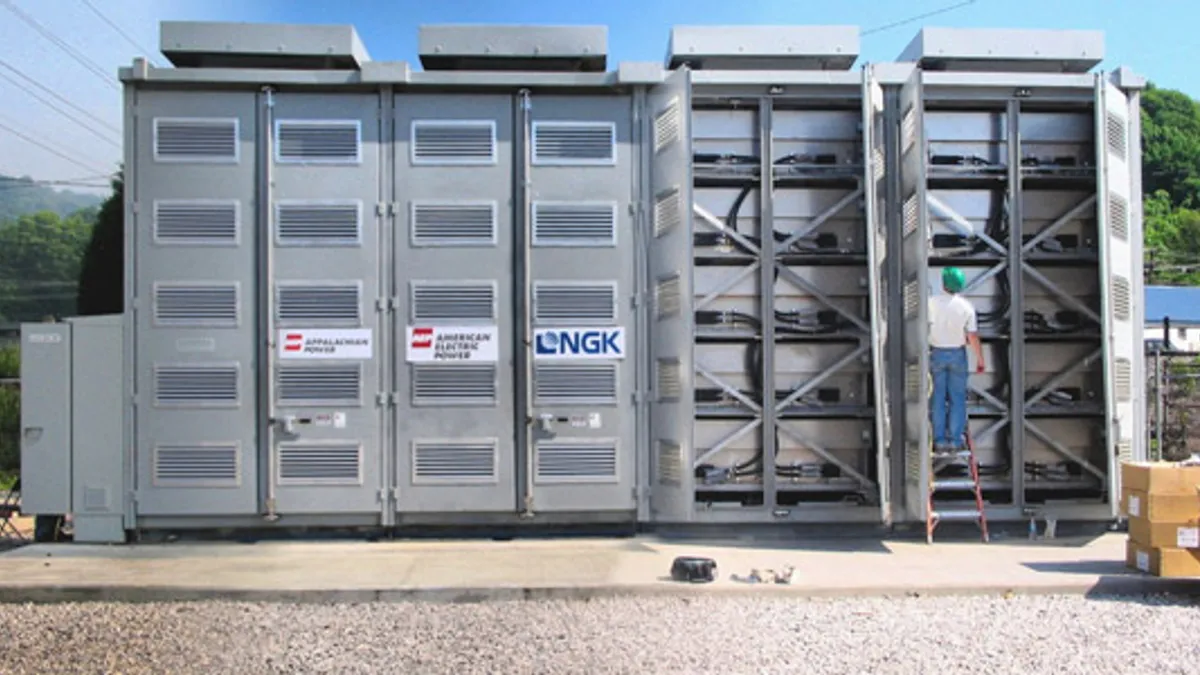Dive Brief:
- Technology advances and improvements in manufacturing are rapidly pushing utility-scale storage options, and a new report predicts the market will see more than $8 billion in annual revenues by 2024.
- That's a huge imcrease over the $460 million in revenues reported last year, and is tied to storage's ability to help balance renewable resources and shift expensive peak loads to lower demand times.
- Associated products, like electric vehicles and consumer technology with storage, has helped advanced the market and will make battery technology "one of the most promising distributed storage options for future commercialisation."
Dive Insight:
Advances in technology, manufacturing, consumer electronics and a slate of favorable government policies are all helping to puush the market for grid-tied storage, according to a report from Frost & Sullivan. Global revenues are predicted to rise fomr $460 million last year to $8.3 billion in 2024.
“Battery storage has the ability to impart flexibility to the grid across a variety of end-use applications,” said Frost & Sullivan annalyst Ross Bruton said in a statement. “Its greatest advantages are the provision of distributed, variable renewable energy firming and energy time-shift, and rapid short-term electricity balancing for ancillary markets.”
But the firm also said challenges do remain, in part because the market is still developing. Low maturity of the technology, high costs and the "lack of a clear business case and value proposition" are all factors. Additional inventives, targets and policies could help, though states across the U.S. are beginning to put in place some of these ideas.
California and Oregon have both issued storage mandates to investor-owned utilities, and Massachusetts over the summer launched a $10 million initiative to examine how energy storage can benefit the state and what regulatory changes may be necessary to fully utilize it.
“Overall, attractive pricing, combined with a surge in manufacturing and supportive policies for renewable energy development, will increase the bank ability of renewable energy associated storage projects,” Bruton said.
A consistent set of open standards is one issue that many believe will advance the industry. A group known as Modular Energy Storage Architecture is hoping to produce a set of standards by the end of the year, and has been working with utilities such as Duke Energy and Puget Sound Energy.














